If you’re working in almost any company, product management is essential to its success. Though product managers sometimes operate under different names (e.g., product marketing manager), this profession has been around for decades and many people don’t know enough about it.
Without product management, products can’t be successful. The product manager provides a bridge between marketing and engineering-not only managing product development, but also working with other departments to make sure the product reaches its full potential.
While we often think of tech companies when we talk about product management, the profession is useful for any company developing a new product or working to improve an existing one.
In this article, we’ll look at some product management basics from the product manager’s perspective.
What product management is
Product management is the product manager’s ability to manage product development. It is the product manager’s responsibility to have a product that is properly marketed and at its full potential. Product managers are architects of product realization, from idea generation to product launch and all points in between. Their product knowledge is essential in product launches, NPD (new product development), product maintenance and product discontinuation.

Product management is more than that, however. A product manager is also responsible for product planning and execution-making sure the product meets its goals and requirements on time and with high quality. They’re also accountable for product positioning, pricing, distribution channel selection, task tracking, promotion, packaging design and online presence.
What product management isn’t
It’s important to understand that product management is not the same as product marketing, product ownernishp, project management or business analysis.

Product managers are not product marketing specialists.
While product management is focused on product development, marketing is focused on product awareness and product promotion. The two work together to ensure the success of a product.
Product managers are not product owners.
The PO is responsible for product backlog prioritization and product release planning, while the product manager takes care of product development. Product management manages the product’s life cycle, whereas the PO manages its development.
Product managers are not project managers.
A project manager has responsibility for meeting specific deadlines. A product manager is not focused on deadlines, but product release timing.
Product managers are not business analysts.
Business analysts gather product requirements. A product manager defines product requirements based on product strategy and market research.
Product managers are not brand managers.
A common misunderstanding is the difference between a brand manager vs product manager.
Whilst brand managers are responsible for brand positioning, brand strategy, brand campaigns and brand identity, product managers are in charge of product planning and execution. They develop the product roadmap based on customer needs, market trends and competitive landscape.
It’s clear that a successful product requires more than just one person- it takes an entire team of talented individuals from various disciplines and roles.
Why product management is important
Product management is important because product development is the life blood of a company. Product management bridges the gaps between marketing, development teams and product awareness to ensure product success.
To be successful, companies need products that are successfully developed and marketed so they can become profitable. Product management is integral to the product’s success by managing its development, product strategy and product life cycle.
An up-to-date product is highly desired by consumers, so product management plays an important role in product success. Product management is responsible for ensuring the product is updated with bug fixes, new features or product enhancements.
It’s through product management that companies ensure they’re following best practices to achieve product success.

The people of product management
The product management team is a group of people who are all professionals in product development. The product team has a number of product managers, marketing specialists and POs. All of these groups work together to develop products that have the potential to be successful in the market.
Some job titles within the realm of product management include:
Product marketing manager.
The product marketing manager supports product management by developing product awareness and communicating product value. The product marketing manager works closely with the product owner to determine positioning, messaging and overall direction of a particular product or family of products.
Program or project manager.
While project managers may be part of the overall team that brings a new product to market, they’re ultimately accountable for meeting deadlines. Product managers are not focused on deadlines but rather on determining timing for releases. Program managers collaborate with the rest of the team in product management to understand how a product needs to be developed in order for it to reach its full potential.
Product owner.
The PO serves as product manager’s right-hand person while determining product requirements and product backlog prioritization. The PO helps facilitate the product management process by working with the product manager, product marketing team and technical experts to determine product needs.
Business analyst.
The product management team often includes business analysts, who are responsible for product requirement gathering. Business analysts work closely with marketing specialists and product owners to determine product requirements, which they then pass on to the PM. The PM then makes the final decision regarding product development.
Product manager.
The product manager is responsible for product planning and development.
Let’s dive in deeper to take a look at their core responsibilities.
What product managers are responsible for
When people think of product development, they often think of engineers spending hours toiling over computer code in a product lab. PMs have a much broader set of responsibilities, including product release planning, product backlog prioritization and product promotion to increase product awareness.
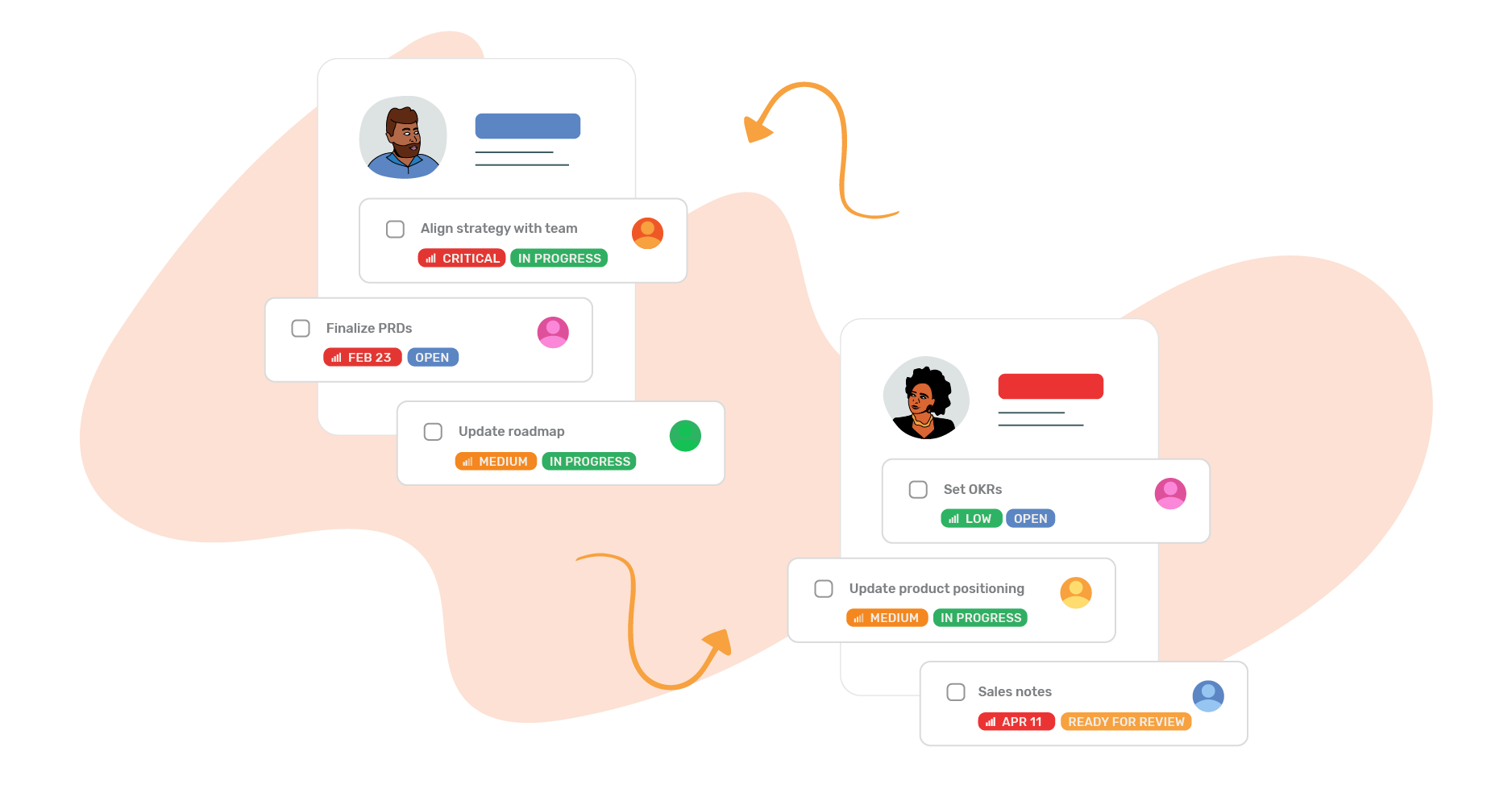
Product managers are responsible for:
a) The big picture and how it fits into your company’s overall goals and mission;
b) Ensuring product success by working with marketing to create product positioning and messaging;
c) Collaborating with marketing, engineering, sales, customer service, legal/compliance and other departments on the product’s go-to market plan;
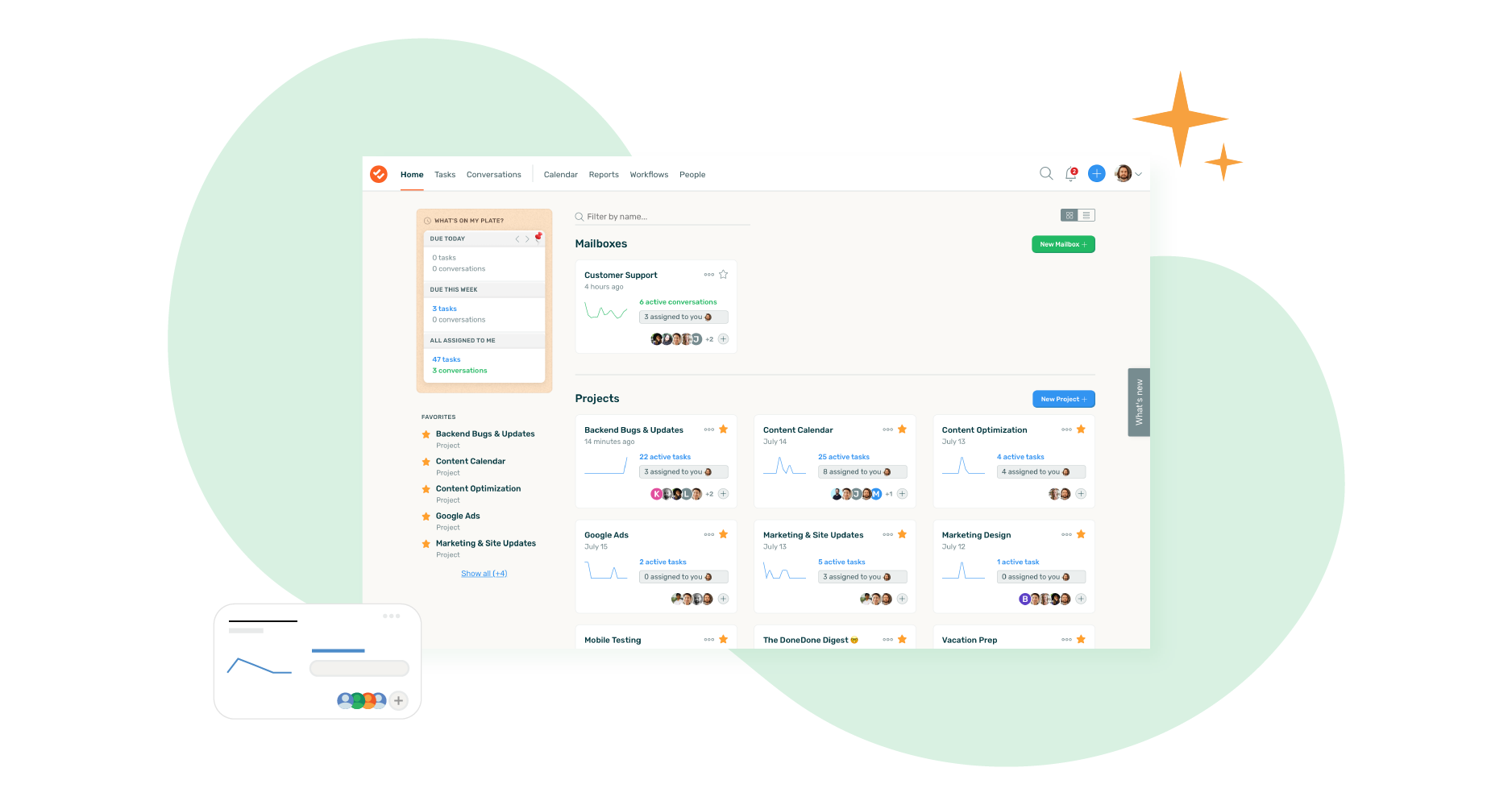
d) Ensuring that product requirements are defined based on alignment to company goals and strategies;
e) Ensuring product requirements are defined based on user and market research;
f) Creating product requirements documents (PRDs);
g) Developing product specifications;
h) Prioritizing product backlogs to support product roadmaps;
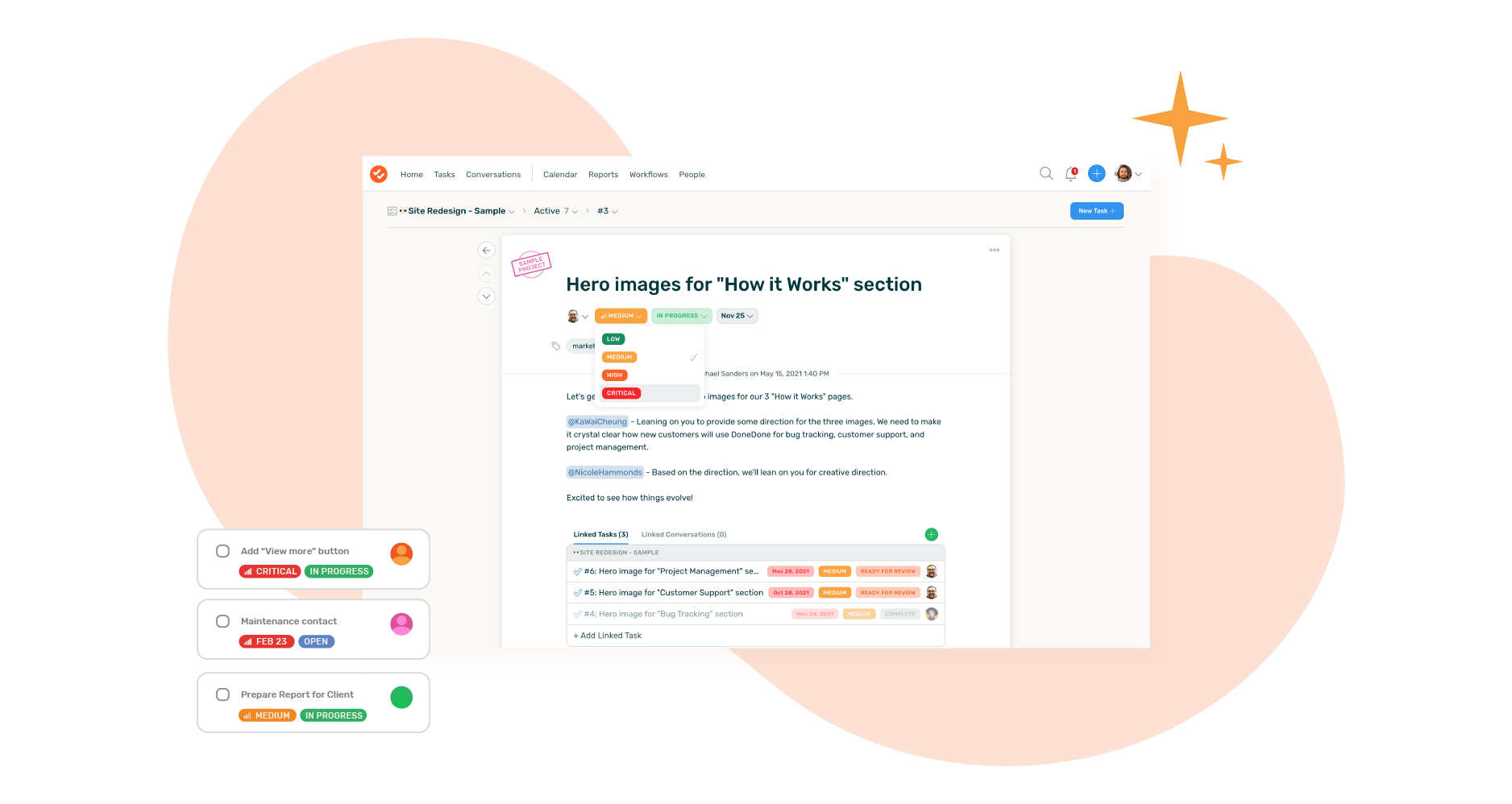
i) Deciding how much time and effort will be spent on development and product maintenance;
j) Managing product quality and risks;
k) Conducting product discovery sessions to ensure the product will be successful. The product manager’s skill-set includes: understanding cross-functional product management, business acumen & product intuition, strategic thinking, prioritization skills, ownership drive, leadership & product communication, product research/cycle evaluation and product analytics.
What technical skills does a product manager need to have?

To be an effective product manager, it’s not necessary to have technical or coding skills. However, product managers or product owners should have the following technical knowledge:
a) Understanding of product management principles;
b) Ability to read/write basic product requirements documentation (PRDs);
c) Basic understanding of product tools;
d) Common software suites (word processor, spreadsheet and presentation applications). Product managers are responsible for developing go-to market strategies that support product roadmaps and product releases. They conduct user research and customer interviews to stay up-to-date on changing market opportunities. The more experience a product manager has in conducting competitive analysis the better equipped they’ll be at creating PRDs for new projects.
What is the product management process?

The steps of the product management process can be broken down as follows:
- Researching market demand and customer needs. Product managers use market research to identify customer needs. They explore product trends and technological developments to determine what the future holds in terms of meeting customer needs. Understanding customer feedback is really important here—it helps product managers evaluate the product and make necessary changes to make it better. Product managers often look for user-generated data to ensure the product they are developing is what the customers want. Feedback can be captured in many ways, including usability tests, social media engagement, task completion time, customer surveys, and a variety of other customer engagement strategies.
- Developing and testing ideas to satisfy the market and customers. Once the product manager has a good understanding of what customers and markets need, they develop ideas to turn those insights into products. It’s important for the product manager to work with engineering and other departments to ensure that these ideas are feasible by verifying technical constraints or feasibility at this stage.
- Creating product roadmaps for bringing new products to market. A product plan is the product manager’s most important deliverable. A roadmap in product management is a high level document that product managers use to communicate plans for their products with everyone involved in product development. The product roadmap includes details about what needs to happen when and features that need to be built or bugs that need to be fixed. It also clearly defines how features will work together as one cohesive whole.
- Creating product requirements. The product manager’s next step is to create product requirements or product specifications based on their understanding of the product and product roadmap. These product requirements document everything that needs to be included in a product. Once written, they can be used by engineers during development.
- Prioritizing backlog and managing project scope. The product manager’s job doesn’t end with creating product requirements, however. They also prioritize the backlog and manage product scope in order to align with the product roadmap . Product managers decide which stories go into each sprint and help set expectations for what will be done when. Product managers work closely with engineers to adjust plans as necessary to ensure it meets customers’ expectations within time constraints. It’s important here for product managers to focus on product quality and product risks.
- Managing product quality and product risks. It’s the product manager’s responsibility to ensure that product development is done in accordance with product requirements or specifications. Product managers must also be responsible for ensuring the product will meet its quality targets by setting up test plans, verifying software functionality and more. They’re also responsible for identifying any product risks along the way and working with engineers and other teams to resolve issues before they become roadblocks.
- Making decisions about how much time and effort is spent on development and product maintenance. The final step of the process is allocating resources correctly so that engineering works on new features while making sure bugs are fixed in a timely manner. When product managers don’t have enough people to meet product demand, they need to work with marketing and product operations teams to ensure that the product backlog is prioritized correctly. Product managers need to understand their company’s business model in order to make good product decisions and keep projects on track.
Is the product management process different from the product development process?
The product development process isn’t the same as the product management process. This process is more focused on how products are designed and developed, whereas product management is responsible for the entire product life cycle from market research to product launch. For product managers, product development is just one step in the product management process—however, the product manager’s responsibilities are influenced by which process their company follows.
Some companies use product lifecycle management (PLM) while others follow an agile approach to product design and development. Let’s look at the difference between the two:
Product lifecycle management
Product managers who work for a company using PLM spend the majority of their time doing research on market trends, speaking with customers and working with marketing teams to ensure that both business goals and customer needs are met.
PLM is product-centric, which makes it easier for a product manager to do their job. PLM gives product managers more time to work with marketing and product operations teams on the product backlog because they don’t have to worry about setting up test plans or verifying software functionality during development.
Agile product development
An agile approach means that product requirements are developed iteratively throughout product development before launch. Agile allows for some flexibility, but more importantly it’s focused on continuously delivering valuable products as quickly as possible—which keeps customers happy. It also helps companies improve and change their products without investing a lot of time and resources into creating something that isn’t what customers want (a product requirement that never gets used).
An agile product manager focus more on making sure that engineering works efficiently to meet deadlines and product scope expectations.
Regardless of process, a product manager plays an essential role in product management. It’s their product roadmap that guides product development and decides what products get created and how they’re made. Without a product manager, there would be no way to bring key product concepts to life—so if you want something to exist, product managers are often the first people you’ll come in contact with.
Where do product management tools come in?
The product management process can be overwhelming at times, which is why product teams rely on product management tools that help them manage their product backlog.
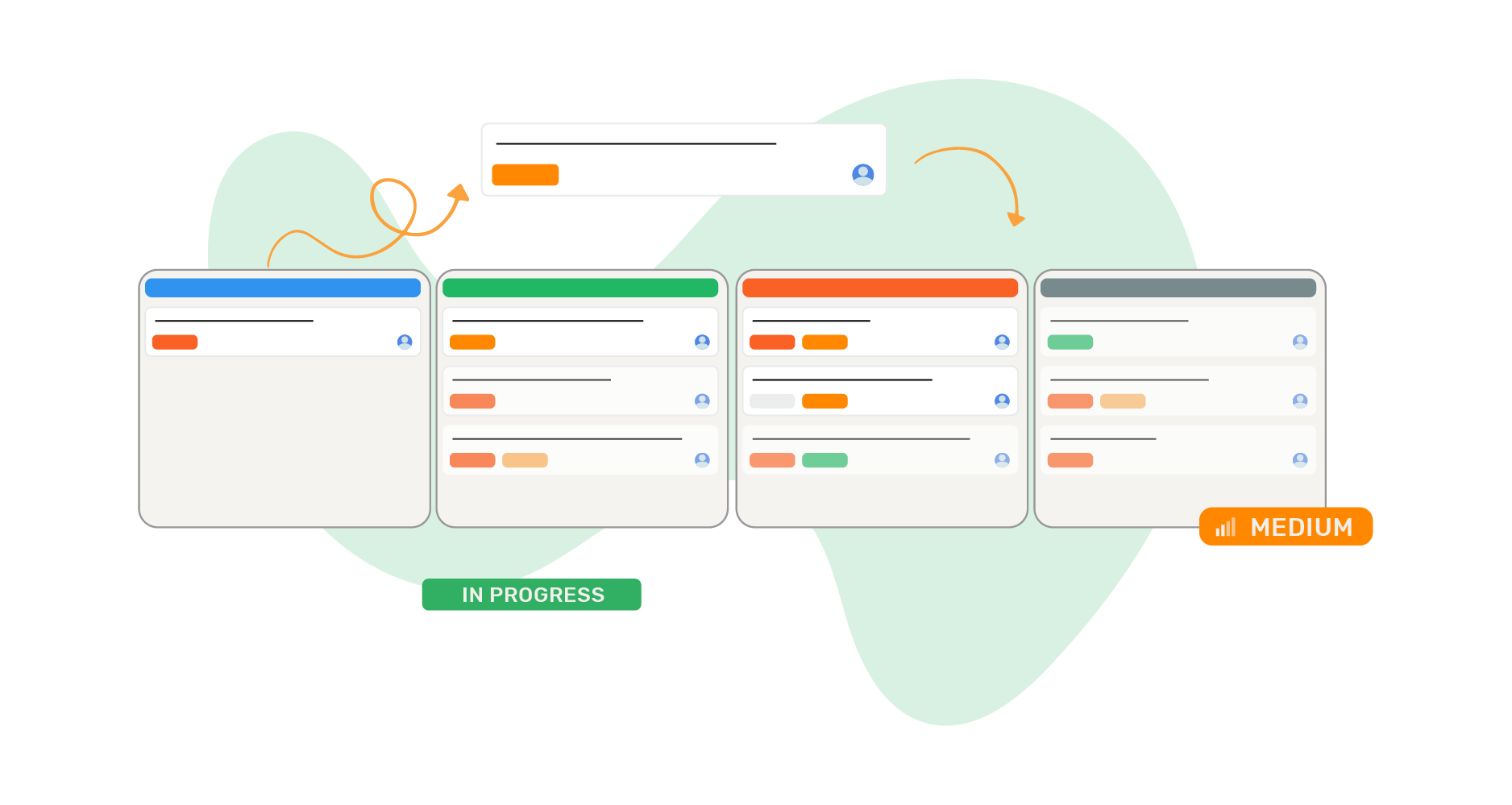
The three most popular types of product tools are as follows:
Project management apps
Product teams often use project management apps like DoneDone to track product requirements and communicate with their engineering team members. If you’ve ever worked as part of an agile development crew, then you’re probably familiar with these types of apps—they’re mainly used to track product backlogs, product features, bug reports and product releases.
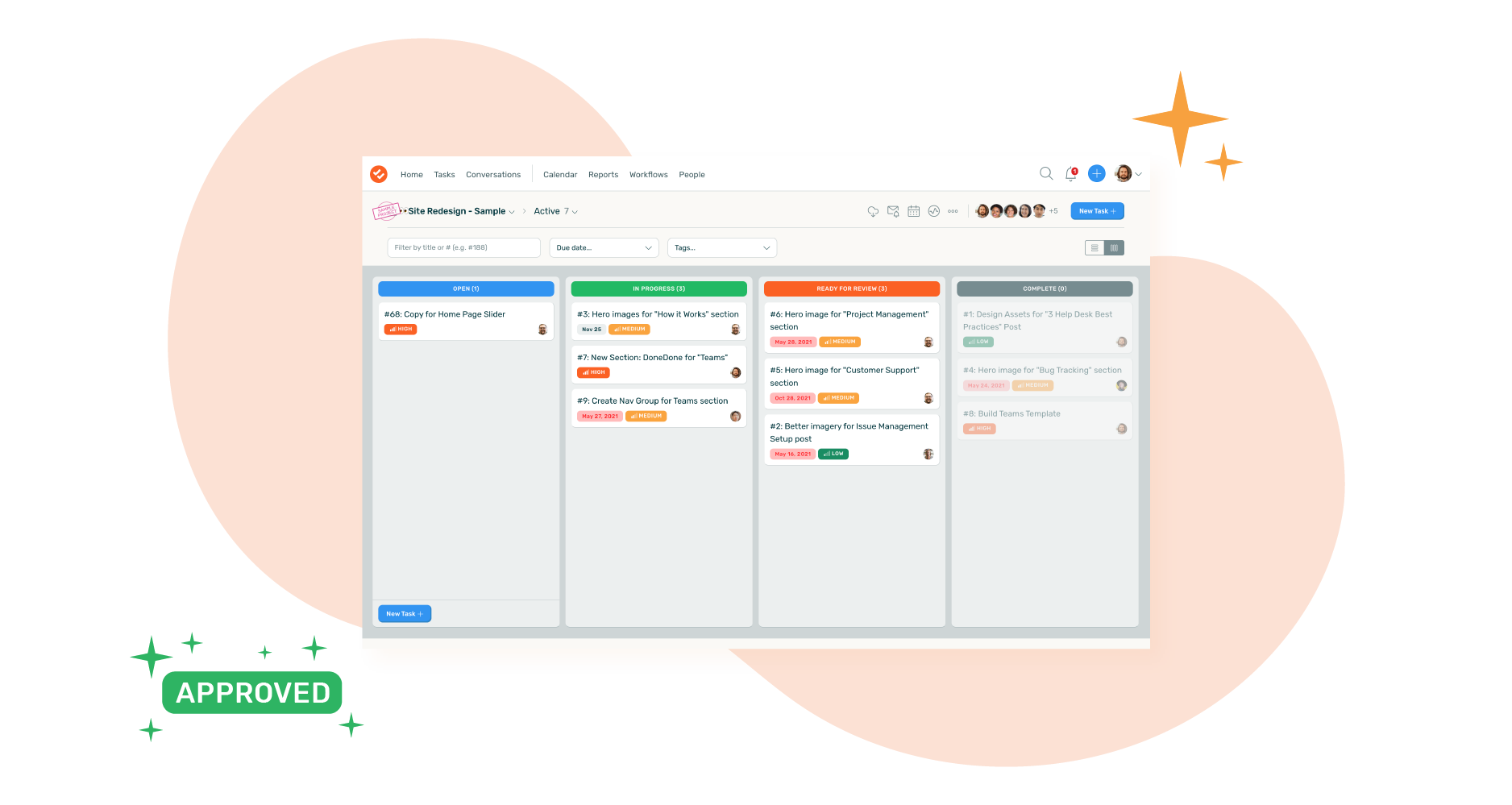
Tools that help with market research and product analysis
Market research tools like Google Analytics give companies a better understanding of how their products are used—which can increase conversions or reduce customer churn. The same is true for product analysis tools like Mixpanel, which can provide insights into customer needs and behaviors so you can build better products.
Shared inbox tools
It’s never easy to manage product requirements and product feedback from customers—especially when you’re the only product manager on a team. Shared inboxes can be a saving grace in these types of situations.
Many product managers use shared inboxes like DoneDone to keep product requirements and customer feedback organized, but they also help product managers manage their time better. A shared inbox allows product managers to delegate certain tasks to other product team members, which helps them focus on the tasks they need to take care of themselves.
A shared inbox also facilitates communication with product team members who work remotely, which makes it easier for product managers working in different locations to work together effectively.
Bonus, because DoneDone is also a project management tool, having both the shared inbox and project tracking in one place makes life even easier for the product team.
What’s next for product management?
Product management is a profession that has been around for decades and it isn’t going anywhere anytime soon and companies that understand the importance of product management are seeing results. The product manager’s job isn’t only about pushing out new features-it’s also about understanding markets, customers and competitors better than anyone else at your company so you can develop better products faster.
Whether you’re in charge of the product strategy, managing the development process or simply want to delegate tasks to other team members, there’s always room to improve your skillset. To continue learning, here are some great articles on product management.
To stay ahead of the curve, consider using project management apps like DoneDone which can help streamline communication between departments and make life easier for everyone involved.
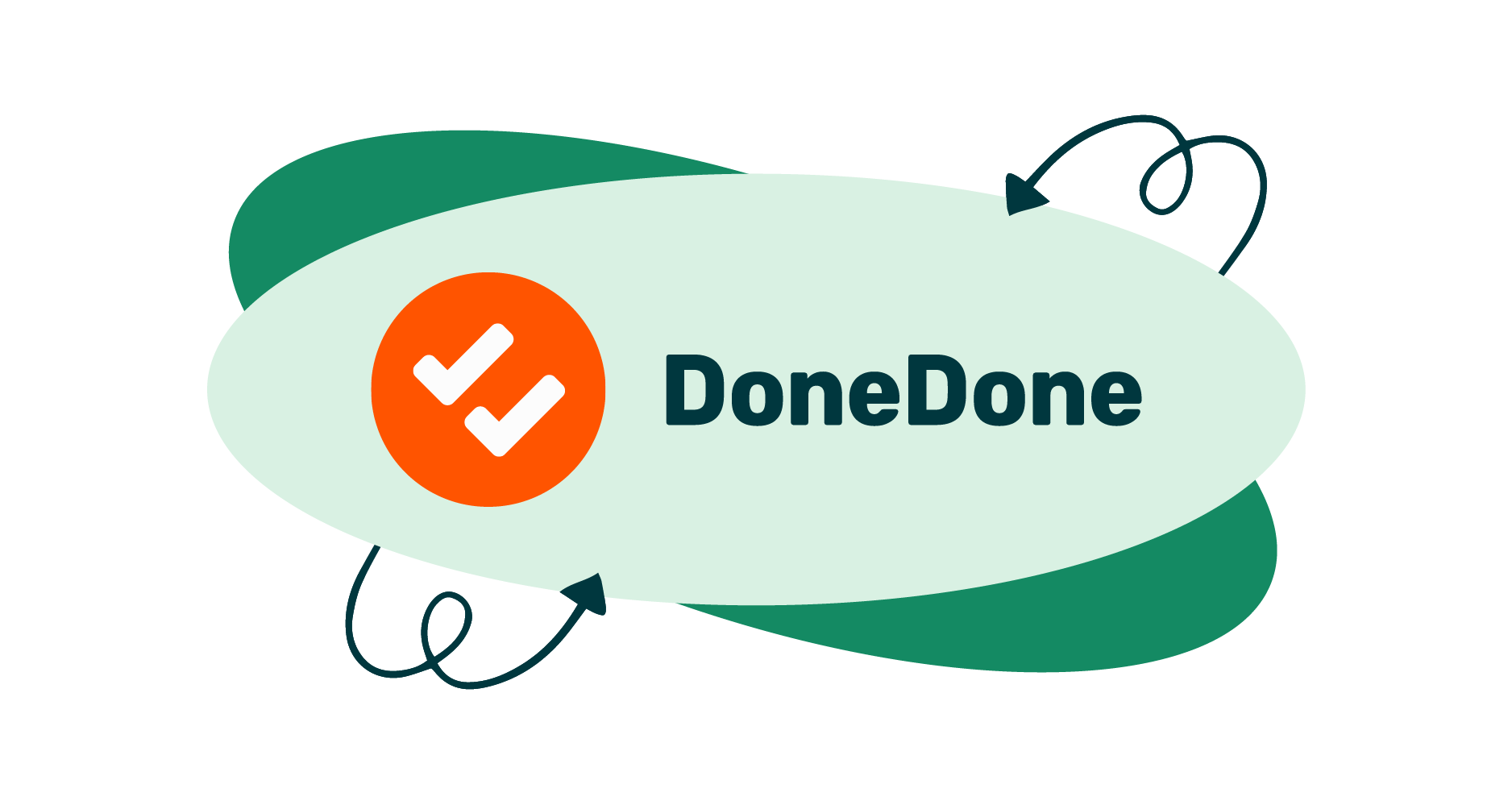
If you’re a product manager, you can also use DoneDone to develop better products in less time by organizing your product backlog in one place and tracking bug reports.